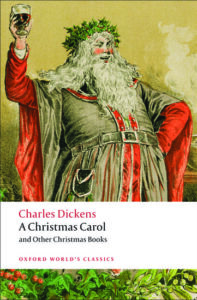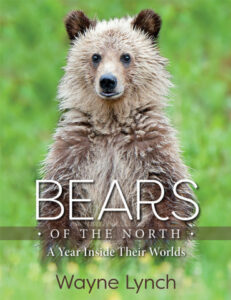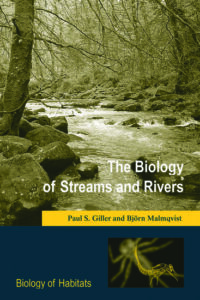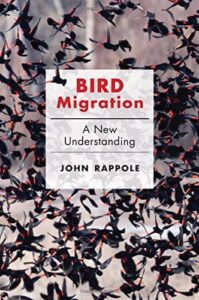In which I fall to musing upon the amount of information an average reader of Charles Dickens’ novels would have been expected to possess in his own time and how it compares to that which could be assumed of us today.

In which I fall to musing upon the amount of information an average reader of Charles Dickens’ novels would have been expected to possess in his own time and how it compares to that which could be assumed of us today.

When it comes to present day megafauna, there are few that can rival bears in being charismatic. From representations of spiritual power, to symbols of a wide range of qualities from strength to love, to popular culture icons, bears loom large in the human imagination. Wayne Lynch’s new book “Bears of the North; A Year Inside Their Worlds” offers readers an enjoyable opportunity to get to know them in al their reality.

Launched in 1999 with the publication of “The Biology of Streams and Rivers” by Paul S. Giller and Björn Malmqvist, the Biology of Habitats series from Oxford University Press now includes twenty titles that take up habitats ranging from the deep ocean to alpine areas, and a range of those in between, including such anthropogenic habitats as those found in urban and agricultural areas.

Regarding the popularly held idea that bird migration “is all about weather,” right from the first paragraph of the preface to his new book “Bird Migration; A New Understanding,” Dr. John Rappole cuts straight to the metaphorical chase with a definitive “it’s not.” What it is about is what he then proceeds to explain over the following two hundred seventy three pages in very clearly written prose well-suited to a much wider readership that just professional ornithologists and ecologists.